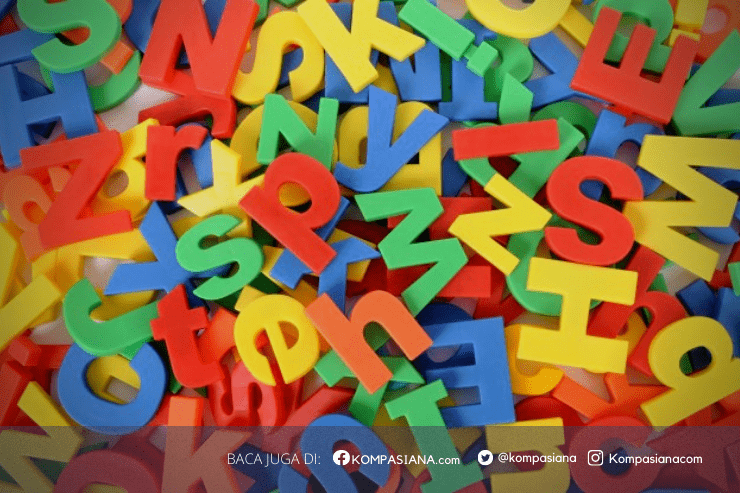WHAT IS SIMPLE PAST TENSE ??
Simple past tense is is a simple verb form to indicate that an event occurred in the past. In this verb form, the time of the event (yesterday, last two days, last year) or the time period (for two months, for a day, for an hour) can be specifically mentioned. This tense can also be used to form Conditional Sentence Tipe 2.
In the simple past tense there are positive, negative, interrogative sentence formulas.
simple past tense is in the form of verb -2 (past tense) in the form of a regular verb or verb "To Be". Verb -2 is a Bare Infinitive (basic form of verb) with the addition of -de, -en, -d, -t, -n, or -ne regular verb or inconsistent form in irregular verb, while in verb "to be", verb-2 is in the form of was and were.
- Regular and Irregular Verb.
Was which is a singular verb is used in singular subjects in the form of singular nouns (such as: Andi, book, and cat) and singular pronouns (such as: I, she, he, and it) except "you", while were which is a plural verb is used in plural subjects in the form of plural nouns (such as: cats, people, books), plural pronouns (such as: you, they, we, and cats), Compound Subject with hyphens "and" (such as: you and I, Andi and Susi), and you.
- Subject-Verb Agreement
Using be, negative sentences can be directly created by adding a "not" after them; While in sentences with verb-2 other than BE, it is necessary to add a dummy auxiliary verb "did", followed by "not, and verb-2 turns into bare infinitive as well.
Interrogative sentences (yes-no question) can be directly created by swapping the positions of the subject of verb (S) and be. If you use verb-2 other than be, you need to add a dummy auxiliary verb "did" and verb-2 turns into a bare infinitive (base form).
positive sentences
- S + verb-2 +/- direct object.
- I came late.
Negative Sentences
- S + did not + bare infinitive.
- S + was/were not + subject complement (noun/adjective/...).
Yes-No Question
- Did + S + bare infinitive +/- direct object.
- Be (was/were) + S + subject complement (noun/adjective/...).
Negative Sentence Examples – Simple Past Tense
- I came late.
- You left one question blank.
- Those people weren’t nice to me.








